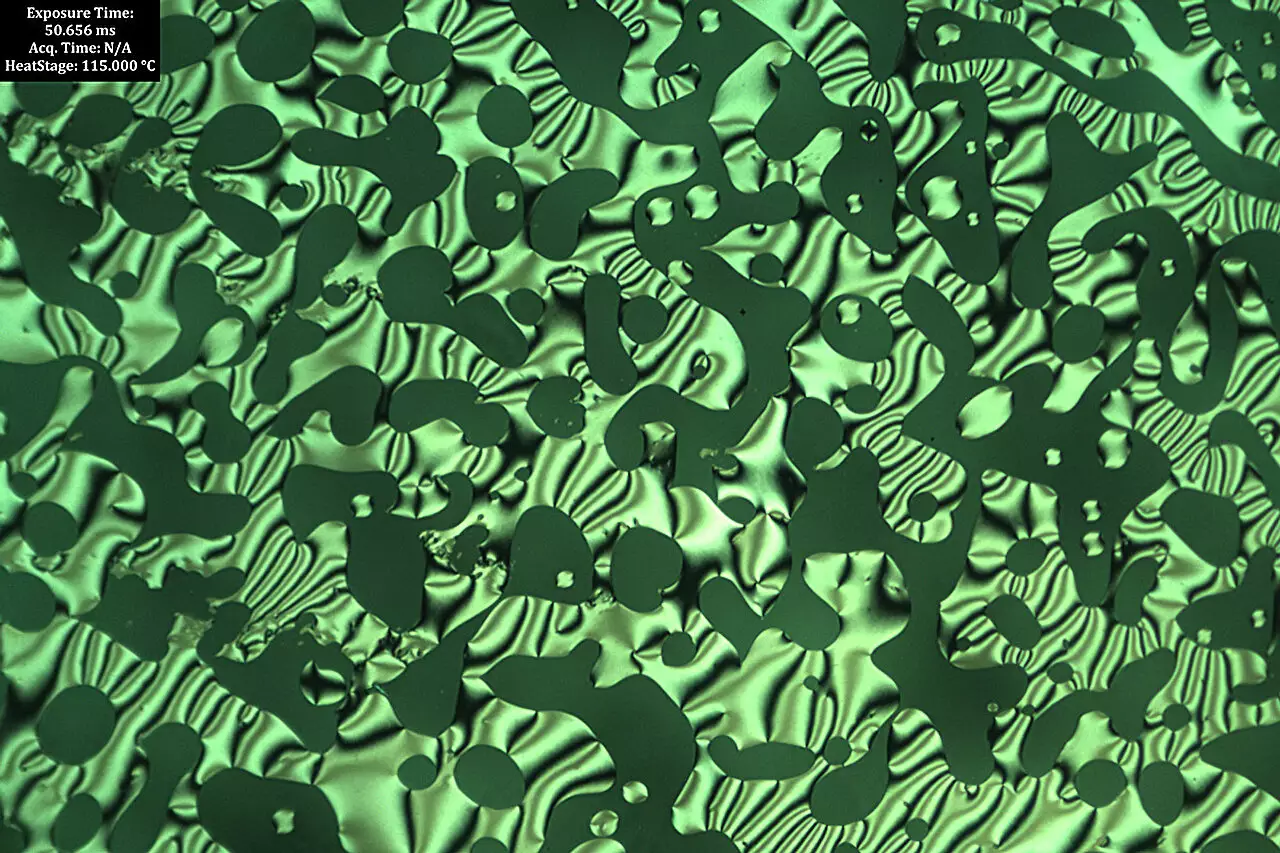In a groundbreaking new study, chemists at the University of Illinois Urbana-Champaign have made significant strides in understanding the development of semiconductor materials that harness the power of chirality. Chirality, a non-superimposable mirror image, is a natural phenomenon that plays a crucial role in building complex structures. For example, the iconic double helix structure of DNA is one of the most well-known examples of chirality in nature. Chiral molecules, such as proteins, efficiently transport electricity by selectively carrying electrons of the same spin direction. Scientists have long been attempting to replicate this chirality in synthetic molecules, and this study sheds light on the potential applications of chiral polymer-based semiconductor materials.
Led by chemical and biomolecular chemistry professor Ying Diao, the study focused on investigating various modifications to a non-chiral polymer known as DPP-T4. The researchers aimed to determine how these tweaks could be utilized to create chiral helical structures in semiconductor materials. The implications of this research are far-reaching, including the potential development of solar cells that mimic the photosynthetic process of leaves, quantum computing advancements, and improved three-dimensional imaging techniques. The findings of the study were published in the esteemed journal ACS Central Science.
Initially, the researchers believed that making small changes to the structure of the DPP-T4 molecule would induce chirality. However, they quickly realized the complexities involved were far greater than anticipated. Through the use of X-ray scattering and imaging, the team discovered that even minor modifications resulted in major changes in the material’s phases. Professor Diao describes this phenomenon as a “Goldilocks effect,” where the molecules would typically assemble in a twisted wire-like manner. However, upon reaching a critical torsion, the molecules would rearrange into new mesophases, adopting the form of flat plates or sheets. To their surprise, the researchers found that these sheets could also twist to form cohesive chiral structures.
The Importance of Complex Mesophase Structures
The study’s findings emphasize the need for a comprehensive understanding of the behavior of different polymers when modified to mimic efficient electron transport in chiral structures. The intricate mesophase structures formed during the process were shown to hold great potential for discovering previously unknown phases with extraordinary optical, electronic, and mechanical properties. This breakthrough research serves as a reminder that the path to unlocking the power of chirality in semiconductor materials is far from straightforward, but its rewards are promising.
The University of Illinois Urbana-Champaign’s study marks a significant step forward in the quest to harness the power of chirality in semiconductor materials. By unraveling the complexities of modifying non-chiral polymers, researchers have gained valuable insights into the formation of chiral helical structures. This newfound knowledge has opened the door to countless possibilities, such as the development of more efficient solar cells, advanced quantum computing, and revolutionary imaging techniques. As the world continues to push the boundaries of scientific exploration, unlocking the full potential of chirality is a journey filled with challenges and surprises, but one that promises remarkable breakthroughs in the field of materials science.



Leave a Reply